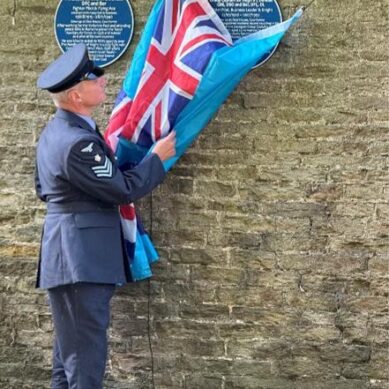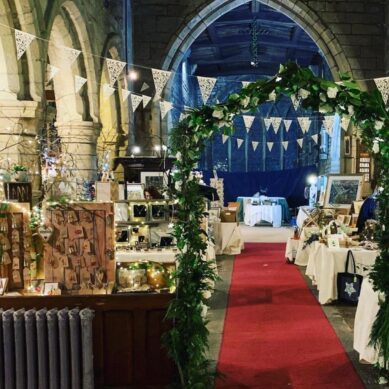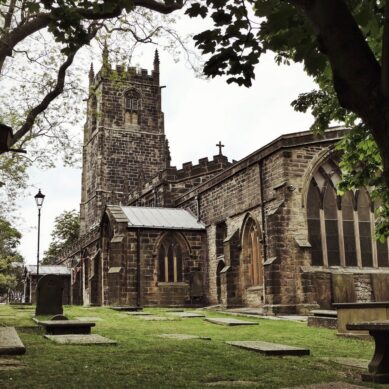Beneath the open skies and among the whispering reeds, the RSPB Old Moor is offering more than birdsong this September.
As part of the national Heritage Open Days festival, a series of free talks and exhibitions is taking flight, inviting visitors to explore the rich cultural and natural history of the landscape.
From historic land management and lost local industries to the stories of the people who shaped the reserve, these events promise to connect past and present in the heart of one of South Yorkshire’s most treasured wildlife havens.
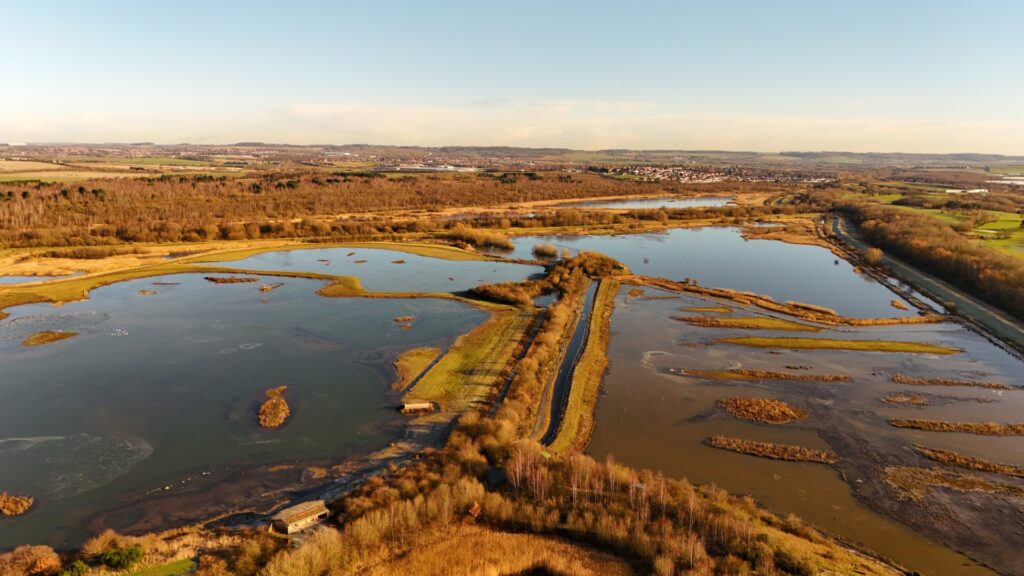
Running from Friday 12th to Sunday 21st September, the heritage event will bring together local groups to tell the connecting stories of the Dearne Valley, Wentworth, Elsecar and Doncaster.
The event has been organised by RSPB volunteer and genealogist, Alvin Hickling, following the success of previous events for the site’s twentieth and twenty-first anniversaries in 2023 and 2024.
For Heritage Open Days, Alvin wanted to shed light on those connections few may know about, such as the Watson-Wentworth and St Leger families who owned the site at one point. The festival will also touch on Old Moor’s past life as a working farm, livery, and aerodrome, along with the making of the nature reserve in the 21st century.
He’s been supported by fellow volunteer Mary Saunders to catalogue the hundreds of documents and photographs that have been uncovered in the last couple of years which proves that Old Moor has long been an oasis surrounded by the coal industry.
Long before the call of curlews and the flap of wings defined the landscape, the RSPB Old Moor was shaped by centuries of human hands and heritage.
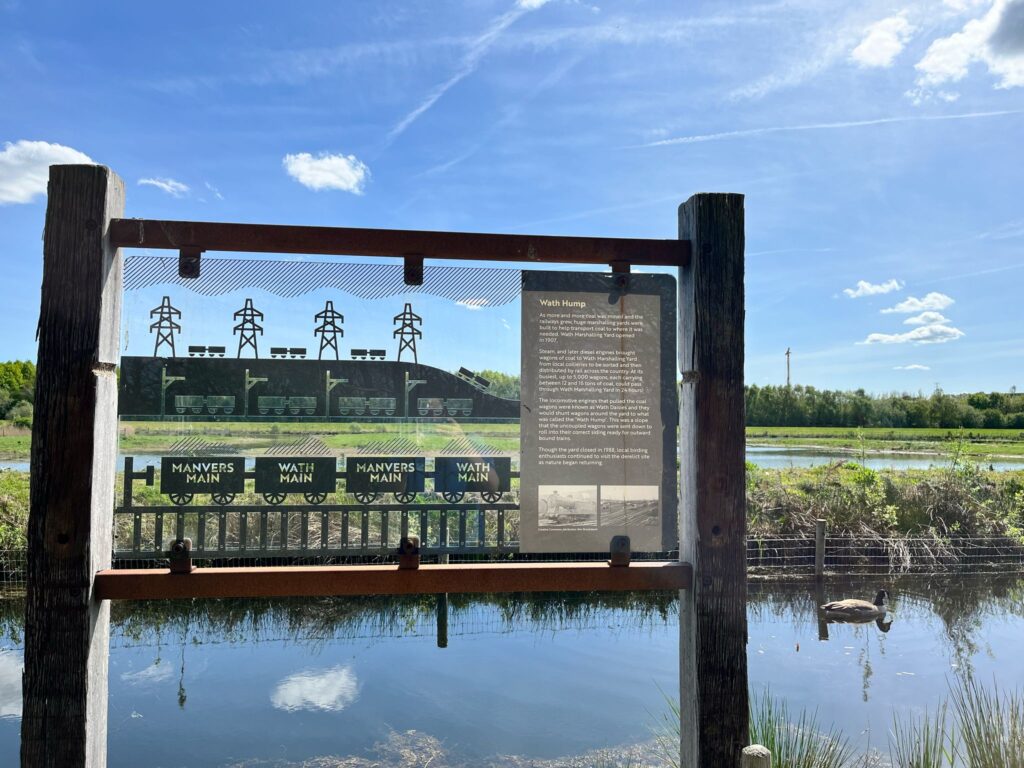
It started life as Old Moor farm, with the farm buildings that make up the visitor centre dating back to 1755. However, beams in the old farmhouse, which is now offices and accommodation, date back to the 13th century so it is thought an earlier wooden structure could have been in its place, or the wood was brought in from elsewhere such as nearby Broomhill Hall.
In the 18th century, the site was owned by the Wombwell family. With the last male Wombwell heir, William, having died in 1731, the ownership was split between his two daughters.
The eldest, Margaret, married Colonel Anthony St Leger in 1761, and together they owned Old Moor until 1776 when she died. St Leger then sold it to Charles Watson Wentworth, the 2nd Marquess of Rockingham who lived at nearby Wentworth Woodhouse.
Wentworth and St Leger went on to set up the St Leger horse race at Doncaster, and it is thought the two keen horsemen previously kept horses in a stable block at Old Moor. Doncaster Archives will be presenting an exhibition about the races and St Leger connections, looking ahead to the 250th anniversary of the famous horse race in 2026.
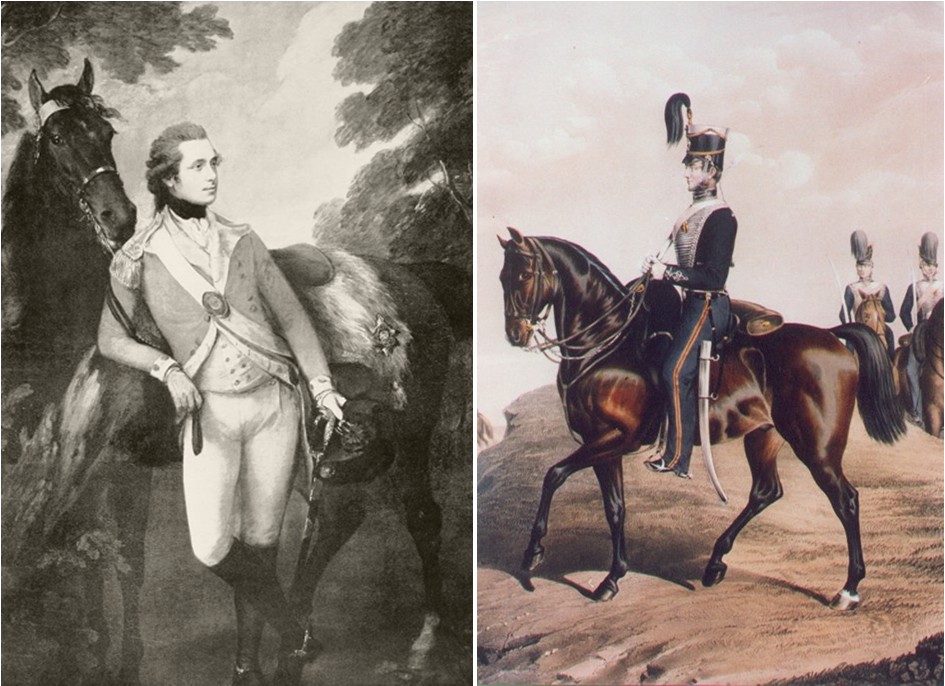
The area had a strong equestrian tradition, with tenant farmer George Brooke serving in the Wath troop of the South West Yorkshire Yeomanry Cavalry during the French Revolutionary Wars. Formed in 1794, the battalion, which later became known as the Queen’s Own Yorkshire Dragoons, was mainly made of tenanted farmers. The history of the Yeomanry Cavalry will be on display during the heritage festival.
George was also an auctioneer and brought fabrics and goods to Old Moor by barge along the Dearne and Dove Canal, which the Friends of Hemingfield Colliery will be giving a talk about.
The Brooke family ran the farm for generations, from the 1780s right up until the start of the Second World War in 1939. They rented it from the Earls Fitzwilliams who inherited the estate following the death of Charles Watson Wentworth in 1782.
The farm was off grid, with no electricity or water supply, so it would have been tough living, but the Brookes made it their home for over 160 years.
As well as rearing pigs, cattle and chickens, and growing arable crops to feed them, the Brooke family also ran an aerodrome on the land. They hosted air shows and passenger flights for many years in the interwar period.
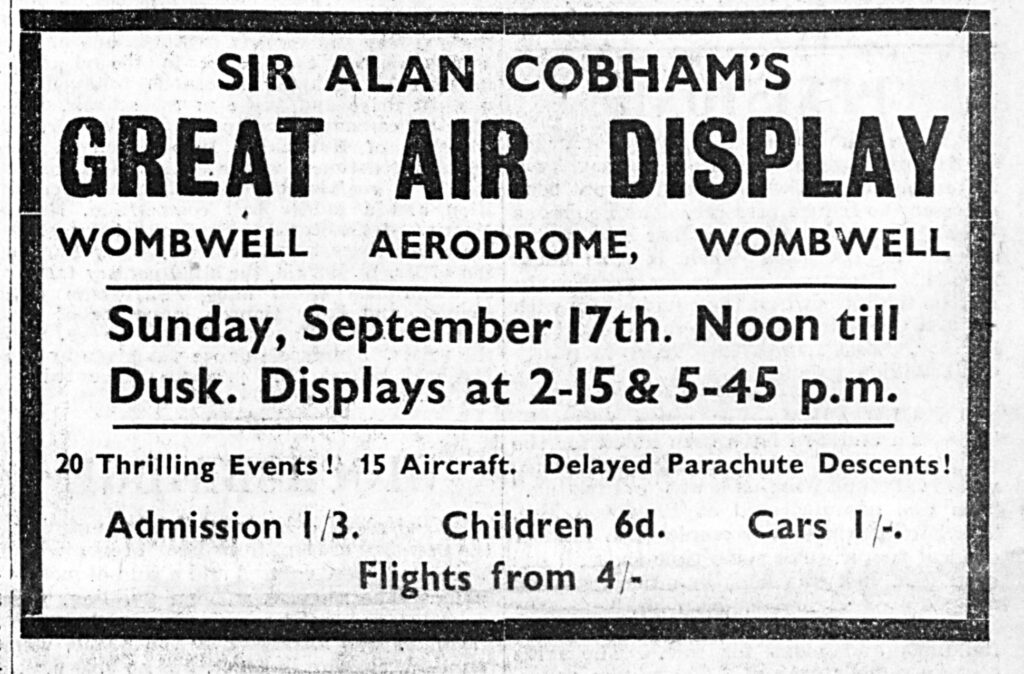
The last two occupants of the Brooke family were women. Sarah Brooke, known as Daisy, was a Red Cross nurse in the First World War. While she was away, her family’s farm was used as a subsidiary airbase for RAF Elsham Wolds in Lincolnshire, likely used for refuelling on flights between Humberside and Sheffield.
After the war, Daisy used to fly the planes at their flying circus. She could be feeding the pigs in the morning and then doing loop-the-loops in the afternoon.
The exhibition will have more information about the Brooke family, as well as their successors, the Gascoignes, who were farm tenants from 1939 to 1998.
After the farm closed in the late ‘90s, Barnsley Council bought the site to turn it into a nature reserve. It was around the same time as the nearby Manvers pit closing, and the area was known as the most polluted area in Europe, so it was a big task to undertake.
The land was capped with topsoil and a manmade wetland was created, planted with trees and reeds. The RSPB charity took over in 2003 and has continued to develop the site; it’s now a Site of Specific Interest, the complete opposite end of the spectrum.
Charity volunteer Paul Cowley will be giving a talk on how dawn chorus has emerged from the coal dust, looking at the making of the reserve over the last quarter of a century.

There will also be a talk by Gemma Clarke from Elsecar Heritage Centre about the history of the Earls Fitzwilliams’ industrial village, the work done as part of the Heritage Action Zone, along with memories of miners from Elsecar Main.
Rounding up the lineup are football historian Chris Brook and sports journalist Ashley Ball who will be giving a talk about Mark Crook, the ex-footballer from the Dearne Valley who established the first football academy, Wath Wanderers.
The Heritage Open Days festival is free to attend.
The exhibition is open daily from Friday 12th to Sunday 21st September, 10am-4.15pm
There will be displays about farming at Old Moor, the flying circus, the St Leger connection, the Yeomanry Cavalry, and Doncaster and the races.
The guest talks are as follows:
- Friday 12th September 3.15pm-4.15pm – Elsecar Heritage Centre, by Gemma Clarke and volunteers
- Sunday 14th September 3.15pm-4.15pm – Dearne and Dove Canal by Friends of Hemingfield Colliery
- Monday 15th September 3.15pm-4.15pm – Feeding the Wolves by Chris Brook and Ashley Ball
- Friday 19th September 3.15pm-4.15pm – Coal Dust to Dawn Chorus by RSPB’s Paul Cowley
Places for the talks are limited so please book in advance by calling Alvin on 07931 892924 or emailing alvin.hickling@rspb.org.uk
